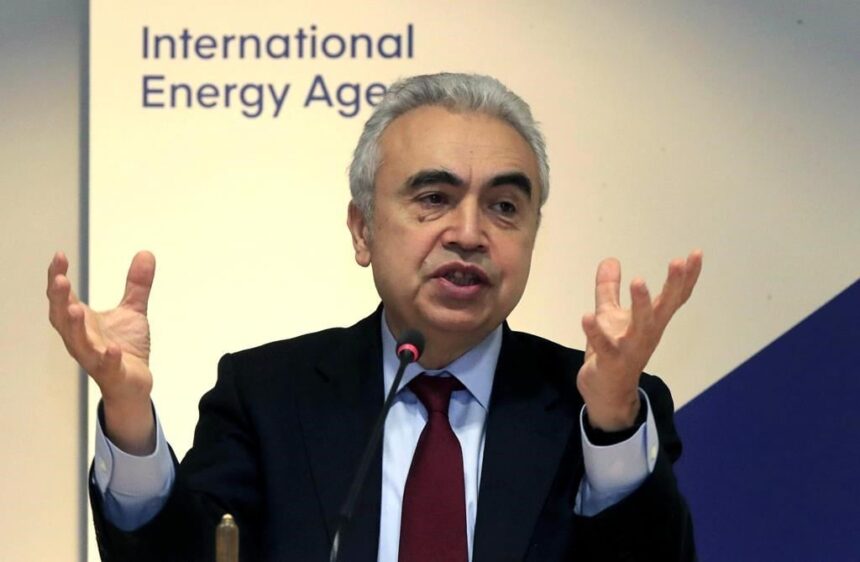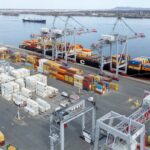The glow of Canada’s clean energy renaissance has dimmed somewhat in 2025, with investment figures revealing a pronounced slowdown in the first two quarters. After reaching record heights of $28.6 billion in 2024, clean energy capital flows have contracted by 17% year-over-year—a concerning development for a sector previously celebrated as the cornerstone of Canada’s economic future.
“We’re witnessing a recalibration rather than a collapse,” explains Dr. Elaine Westbrook, chief economist at the Canadian Climate Institute. “Global supply chain disruptions, regulatory uncertainty, and rising borrowing costs have created a perfect storm of hesitation among investors who were previously rushing into the sector.”
The slowdown is particularly evident in large-scale solar and wind developments across Alberta and Saskatchewan, where several multi-billion-dollar projects have been placed on indefinite hold. Meanwhile, Ontario’s ambitious small modular reactor program has faced repeated delays amid ballooning costs and technical challenges.
According to data from Clean Energy Canada, investment in battery manufacturing facilities has proven more resilient, with the $4.3 billion Stellantis-LG facility in Windsor maintaining its construction timeline despite economic headwinds. This bright spot suggests that certain segments of the clean energy ecosystem remain attractive even amid broader uncertainty.
Industry analysts point to several factors behind the investment pullback. The federal government’s recalibration of tax incentives through the 2025 budget adjustment created temporary confusion among institutional investors. Additionally, provincial policy shifts in Alberta following last year’s change in government have introduced regulatory uncertainty that has deterred capital deployment.
“The most significant challenge has been interest rate stability at higher levels,” notes Trevor Williams, managing director at RBC Capital Markets. “When clean energy projects are competing against 5.2% government bonds, their risk-adjusted returns become less compelling, particularly for pension funds and institutional investors who form the backbone of Canada’s clean energy financing.”
Nevertheless, forward indicators suggest a potential rebound in the latter half of 2025. The federal government’s expanded incentive package announced last month is expected to catalyze new investment, particularly in critical mineral extraction and processing—essential components for the clean energy supply chain.
Several major Canadian financial institutions have recently announced dedicated clean energy investment funds, including TD Bank’s $3.7 billion “NextGen Energy” initiative and CIBC’s $2.9 billion “Climate Innovation Fund.” These developments suggest that domestic capital sources are preparing to fill gaps left by more hesitant international investors.
“We’re actually seeing a healthy maturation of the market,” explains Maria Chen, director of sustainable finance at the Toronto-Dominion Bank. “The frothy speculation is cooling, but serious long-term investors are positioning themselves strategically. This likely means fewer but larger and more viable projects moving forward.”
The investment slowdown has sparked intense political debate in Ottawa. Opposition critics have seized on the figures to question the government’s climate strategy, while cabinet ministers have emphasized the global nature of the current investment challenges, pointing to similar patterns across G7 nations.
Employment in Canada’s clean energy sector has remained surprisingly robust despite the investment slowdown, growing 3.2% this year according to Statistics Canada’s latest labour force survey. This suggests that existing projects continue to generate jobs even as new capital commitments have temporarily slowed.
Looking ahead, analysts from Bloomberg New Energy Finance project that Canada’s clean energy investment will rebound to approximately $24 billion for the full year of 2025—below last year’s peak but still representing the second-highest annual total in Canadian history.
For Canadian communities banking on clean energy transitions to revitalize local economies, the investment pause has created palpable anxiety. In Pictou County, Nova Scotia, where a major offshore wind development has been delayed, municipal leaders are urging federal intervention to restore investor confidence.
“We need certainty above all else,” says Amanda Thorn, mayor of New Glasgow. “Our community has been planning around these projects for years. The stop-and-start nature of investment creates enormous challenges for workforce development and economic planning.”
As global climate finance continues evolving rapidly, how will Canada maintain its competitive position in attracting clean energy capital while navigating these new economic realities?











